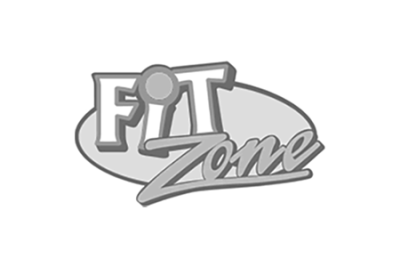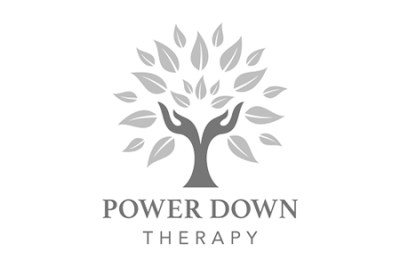
Back Pain?
Reduce back pain and strengthen your back with our back-care programmes
Are you suffering with back pain?
An astonishing 90% of people have experienced some sort of lower back pain. And even more astonishing is that most of the time, the medical profession will be unable to pinpoint the cause.
This is because there are a massive number of things that can cause lower back pain. And by the time the medical profession has fully screened, scanned, and diagnosed, most people’s back pain would have disappeared anyway.
Types of back pain
There are two types of back pain. The first is specific back pain. This is where the cause of the pain can be easily diagnosed and is causing a significant amount of pain.
The second is general lower back pain. And this is known in the medical profession as ‘non-specific lower back pain’ (NSLBP), and mostly can be caused by:
Force trauma
Lower back spinal sprain or strain
Postural strain
Causes of back pain
A recent study1 looking into the risk-factors of NSLBP found that you are more likely to suffer from NSLBP if you:
Stand or walk for less than 2 hours per day
Are overweight (a BMI of more than 25)
Have little strength
Do not lift/move objects frequently over 11kg.
Advice if you are suffering from NSLBP
1. Speak to a medical professional
Despite the majority of NSLBP going away by itself by doing the things below, or seeing a West Wood trainer, it is always essential that you be checked out by a medical professional (GP or physiotherapist), just in case there’s something seriously wrong and you need medical intervention.
2. Book in and see a West Wood trainer
With the guidance of our expert trainers we can give you an exercise program that can help with all of the risk-factors for NSLBP (see above), as well as strengthening the muscles that are commonly associated with NSLBP, such as the upper, mid, and postural muscles. We also have professional connections with physiotherapists and sports therapists if advanced treatment is needed.
3. Keep moving
It is counter-intuitive to keep moving when you have NSLBP, but it is important that you try and stay active (as long as it is not causing you further pain).
4. Stretch
Tight muscles can lead to back pain and can also lead to pain being felt in other parts of the body (such as the legs). Stretching has the potential to alleviate pressure on both the sore parts of the back and the nerves that travel through them.
5. Warm up, always
Warming up the muscles before you work out is always essential for several reasons, but more so if you have NSLBP. When you warm up, the muscles become more compliant and have the potential to stretch and bend more, which leads to less chance of something being pulled that will cause further pain.
6. Don’t work through the pain
Don’t be a hero and try and work through NSLBP, find out which exercises make the pain worse, and DON’T DO THEM! Its highly likely that NSLBP pain will do away if you stop doing things that make it hurt.
7. Try swimming
Swimming is fantastic for lengthening the spine (as you’re in a weightless environment in the water) and allowing blood to flow in parts of the body it usually has trouble getting to (like the position of NSLBP). Swimming will also keep you active and decrease the risk of making an back injury worse.
Note: if you currently feel lower back pain, please consult a general practitioner before you embark on any physical activity program. It is important that you are pain-free before you start a new exercise program and seek professional medical advice if you feel any back pain.
What are the most recommended exercises for people with back pain?
Gentle yoga
Pilates
Swimming
Physical therapy exercises
Tai Chi
Modified planks
Cat-cow stretches
Hamstring stretches
McKenzie extensions
Low-impact aerobics (e.g. cycling, elliptical)
*Note: if you are currently experiencing lower back pain, please consult a physician before you embark on a new exercise program. Especially if the pain as been there for a number of weeks and is in any other part of your body as well as the back (e.g. the legs).








